From Idea to Creation: Understanding Copyright in Artistic Practice in Higher Education
Art can take many shapes and forms, from paintings to sculptures to photographs, architecture or artistic craftmanship. Now the law, the Copyright Designs and Patents Act 1988 (CDPA), defines artistic works as graphic works, photographs, sculptures or collage, a work of architecture or a work of artistic craftmanship. Shall we dig a bit deeper into the fascinating world of art and copyright?!
Graphic work
Graphic work can be anything from a painting, drawing, diagram, graph, map, chart or plan, an engraving, etching, lithograph, woodcut or a typeface. All these types of works are covered by copyright, irrespective of artistic merit, as long as they can be appreciated by the eye. This does include very bad drawings by a child, as long as they are original and artistic. Now, I am sure my mother thought my art is worthy of being put on the wall, and I am rather mortified to share it with you, but at least it gives you an idea. It also shows that these were some of my more accomplished drawings when I was a child, also I was 4 so do give me a break.
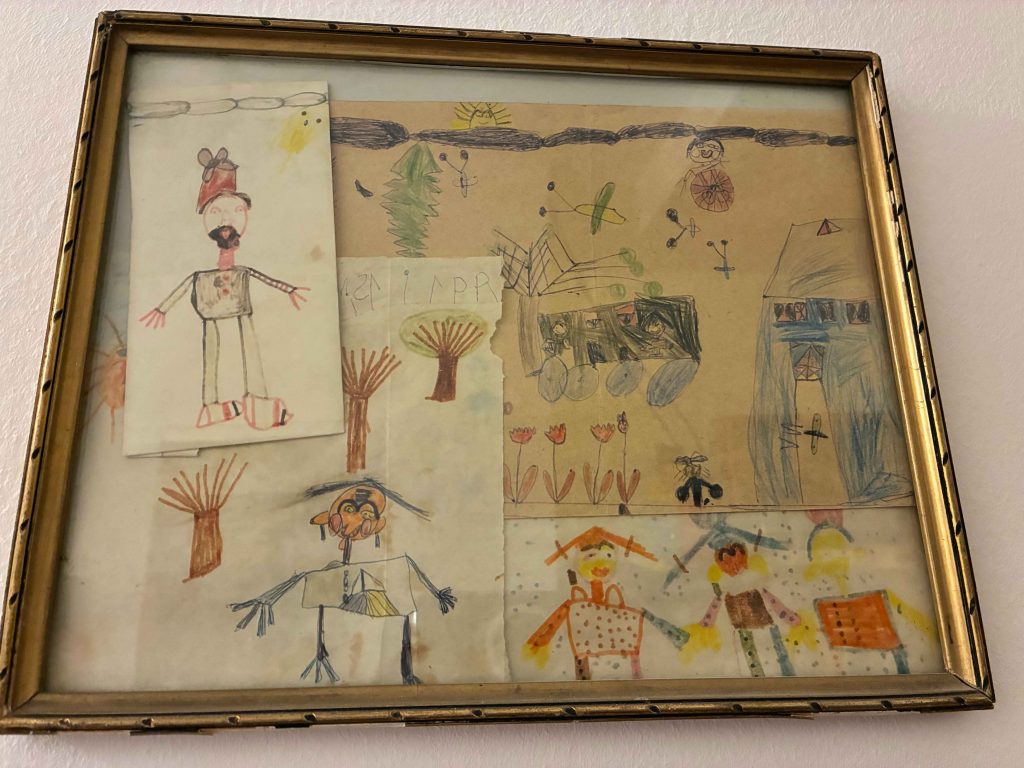
© Cristina Rusu
Now, if you ask me, a banana taped to a wall with duct-tape is less an artwork, more well, a banana taped to a wall. But then again, I do prefer the old masters, impressionists and pre-Raphaelites. I love Vermeer, Van Gogh, Monet, Manet, Degas, Rembrandt, Waterhouse and so many more. My favourite pastime when visiting new cities is visiting their museums. I know, my life is rather boring, but I grew up with art around me. My mother played violin in the orchestra, and I grew up around classical music and her love of art. We had a selection of books around the house about artists, and she started drawing and painting again before she passed.
Let’s return to art though. We all see art differently and different type of art moves us.
© Cristina Rusu
Now art can also beget art. Let’s take for example the painting by Waterhouse, The Lady of Shalott, which is inspired by the poem of the same name by Lord Tennyson. Artistic works can also be comprised fully of text, like a poem in the shape of a cat. Now this will be considered both a literary work as well as an artistic work.
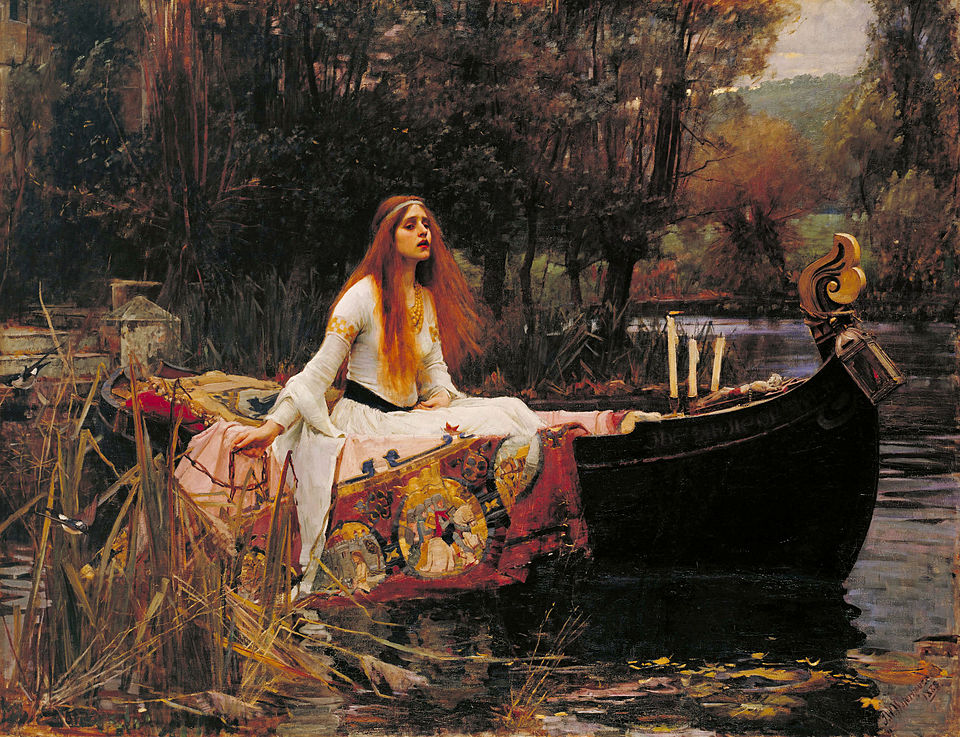
By John William Waterhouse – Google Arts & Culture — RQHFwa4u2LTw0g Tate Images (http://www.tate-images.com/results.asp?image=N01543&wwwflag=3&imagepos=2) – Colour edit by uploader (+0.6 exposure, -5 contrast, -5 white balance), Public Domain, https://commons.wikimedia.org/w/index.php?curid=34325115
What you might not have known, is that the Courts have found that a person’s signature qualifies as graphic artistic work, however it will have to be a little bit distinctive and personal rather than just cursive writing, so the more artistic and illegible the better.
A map is classed as an artistic work and the written elements on a map form a visually significant part. Now maps are difficult to ascertain, in terms of copyright protection and duration. Maps copyright protection lasts in general for 70 years after publication. Crown copyright in the case of maps lasts for only 50 years. In the UK, you might have seen many Ordnance Survey maps. Now, you might have heard that sometimes maps will include fake streets, towns, villages or other such markers. This is true, some maps will include “map traps” to make sure that their maps are not plagiarised. So be careful, if you do not want to end up like the AA. If you want to know more about how to use maps safely, why not have a look at our Sourcing materials section, Other resources.
An ad or a poster would also be considered artistic work, if it is primarily graphic and the text is for decoration only. If it is primarily consisting of text, then of course it will be considered a literary work. It gets interesting when it becomes a compilation, consisting of different elements but none substantial enough to qualify alone.
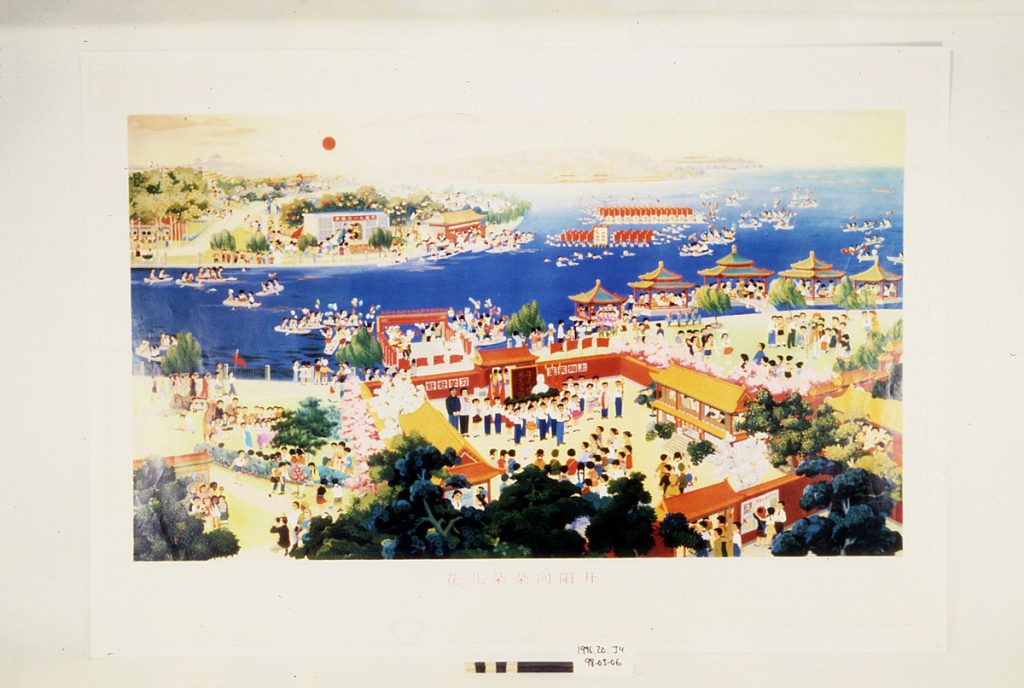
affisch – Museum of Ethnography, Sweden – CC BY.
Technical information on engineering and architectural drawings does not fall under artistic works. The information might be important, however it is not ‘visually significant’. An engraving or similar is not just the print taken from the plate but also the plate itself.
Fan art
I am sure we all enjoy drawing our favourite characters from our favourite series, films or even computer games. However, drawing fan art can be a copyright infringement can of worms. You might ask yourself why? As well as point out to me that it is everywhere and everyone does it. Well, depending on use, it is still infringement.
As I mentioned above, an original piece of work created by a person, will get automatic protection under copyright. The copyright owner will have certain rights to their work: to make money, to copy and distribute it, to create derivate works, to make it available to the public. Using copyright works usually requires permission. I say usually because in Higher Education there are several exceptions that can be used to use copyright works. However, the requirements need to be met each time. Otherwise, it will be an infringement.
Back to fan art. Fan art is using someone else’s IP to create something new or re-imagine it in a different way. A different background, a change of clothes, making Disney’s Pocahontas look more like anime, or look more realistic. You get the idea.
Now in general, and this is not a fast rule, especially with the rise of AI generated images, most copyright holders tolerate fan art, as long as it is non-commercial, it is for your own amusement, or educational purposes. If you are monetizing your fan art without permission and your sales interfere with the copyright holders own revenue, you might find yourself in court, like this Sydney woman.
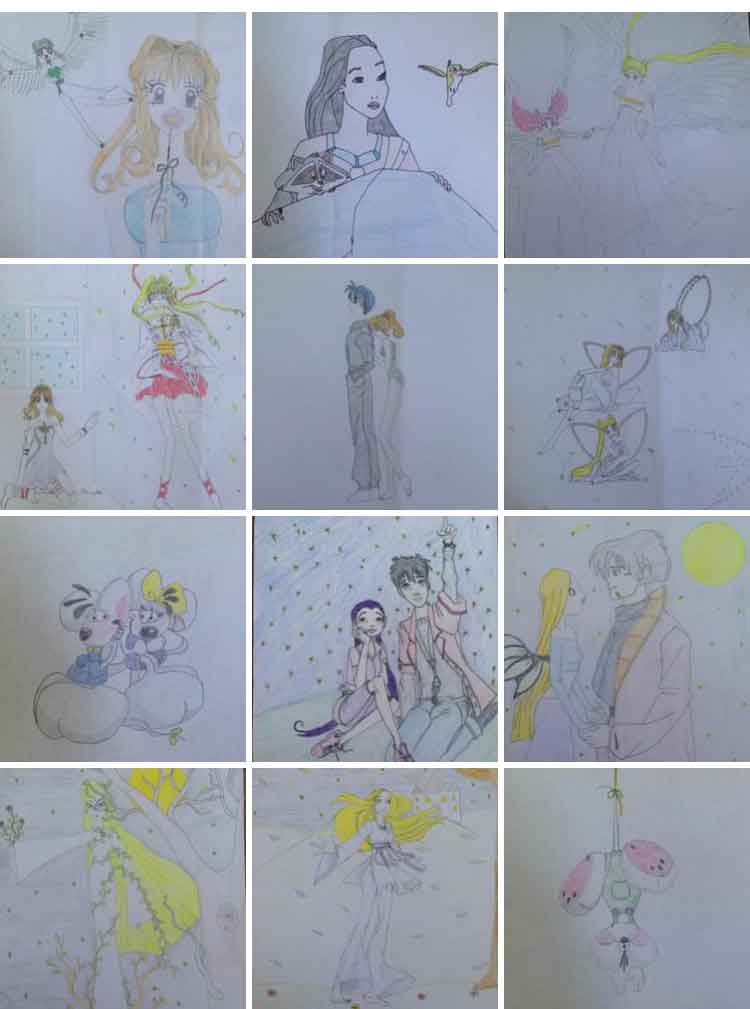
© Cristina Rusu
Photograph
The Act defines a photograph as a recording of light or other radiation (including X-rays and heat) on any medium on which an image is produced or from which an image might be produced and is not part of a film. This of course includes any type of digital photograph, be it that it was made by a DSLR camera or by an iPhone, or similar. A print made from that original photograph is only a copy, but that does not mean that it is not protected by copyright. You can find more about photographs and images and how to use them, in our blog post Finding and Using Images Ethically: A Guide for Researchers.
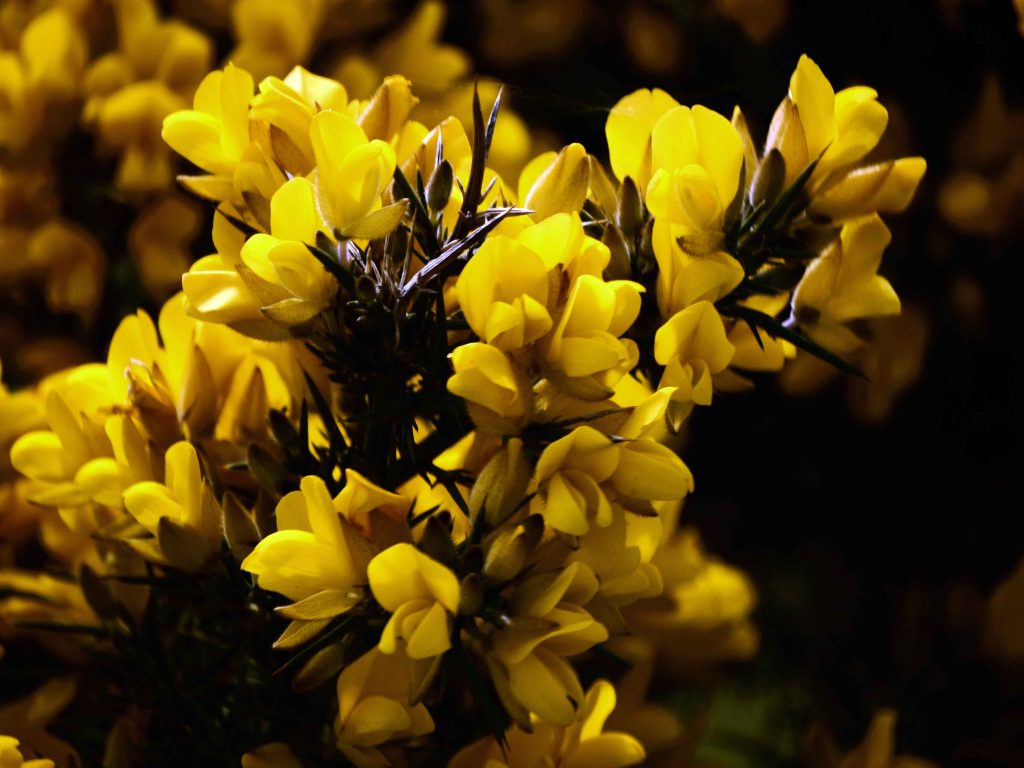
Gorse detail, Isle of Wight, 2025, © Cristina Rusu
Photographs are protected in the UK irrespective of artistic merit so long they are original, however, in most European countries, the courts have applied more stringent tests to a photograph. For example, a photograph might not be regarded as original if the photographer did not create or set the mood (think paparazzi photos) or if the appearance of the image was determined by technical requirements (like photo of your teeth at a dentist). These types of photographs have either lower protection or none at all. A photo-litograph is considered a variety of a photograph.
Taking photographs of artworks, is a different matter altogether, especially re-using these in a commercial sense. Artworks that are in the public domain, represent no problem, however, there are restrictions by museums, especially when it comes to artworks from private owners. There is a possibility of two copyright protection: one for the artwork, and one for the photograph and only if it has enough originality. However, care should be taken with works in Italy. An interesting case has been that of the Italian Government v Ravensburger and the sale of the later of a puzzle of Da Vinci’s “Vitruvian Man”. While Ravensburger won the case, it cannot sell the puzzle in Italy.
Sculpture, collage and architecture
A sculpture is defined as a three-dimensional work created by the hands of an artist, including a medal or a seal. Protection is the same as for all artworks and it will be relinquished to the public domain 70 years after the artist’s death, unless it is Italian artwork of course. I will talk a bit later about authorship and copyright duration.
A collage must be formed of items stuck to the surface of something, rather than a myriad of loose objects strewn around. Collages can be another can of worms, as is fan art. In general, because collages can contain other copyrighted works and in general again, permission should be sought before using those elements. However, if the elements used are so small that they are unrecognisable, then they may be incorporated into the collage.
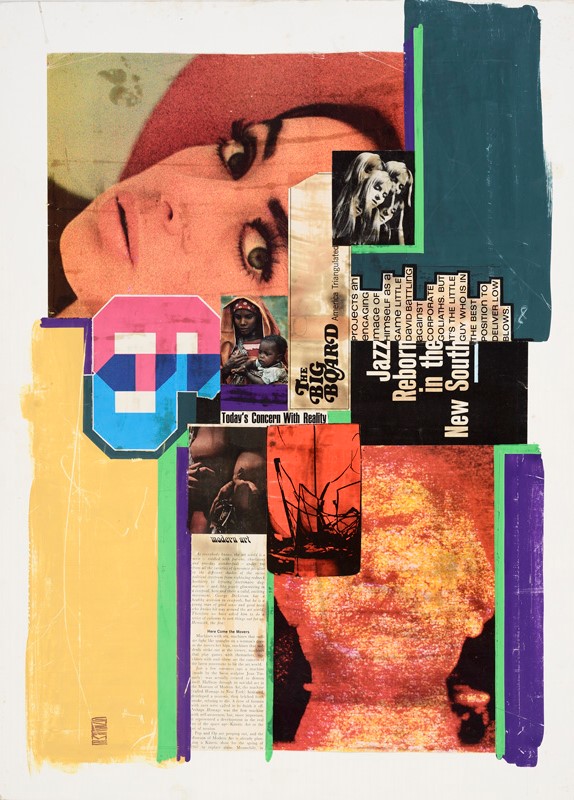
Kollaaž by Neeme, Gunnar (autor) – Art Museum of Estonia, Estonia – CC0.
Buildings are themselves an artistic work and have been protected in the UK since around 1912. You can draw a building, photograph or film a building or broadcast an image of the building. These acts do not infringe on copyright. However, if you copy the building as a whole or build another one identical to it, you would be infringing.
Works of artistic craftmanship
Unfortunately, artistic craftmanship has not been defined by the Act. However, we can safely say that it probably refers to a work which required skill and craftmanship to create, which has an artistic appeal, and gives emotional and intellectual satisfaction. We can consider stained glass, bookbinding, or needlework.
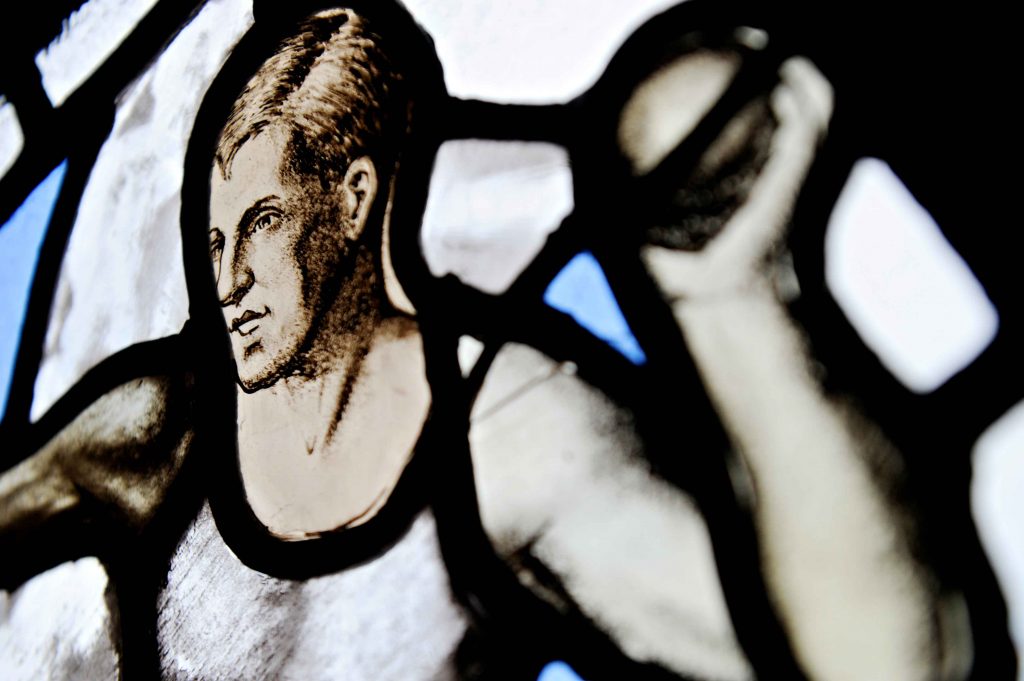
Stained Glass in Rutland building, © Design and Print Services, Loughborough University
AI generated content
Considering AI generated content and copyright is complicated. Currently, in the UK there is no legislation that will protect AI generated content. In general terms, it is most likely to be considered the public domain, however, some AI tools will give copyright to the end-user. One thing to consider is that a lot of AI content is most likely infringed. Always read the terms and conditions of the AI tool you use, and stay away from creating images that could infringe someone else’s IP, for example, prompting the AI to create images similar to artists works which are still under copyright.
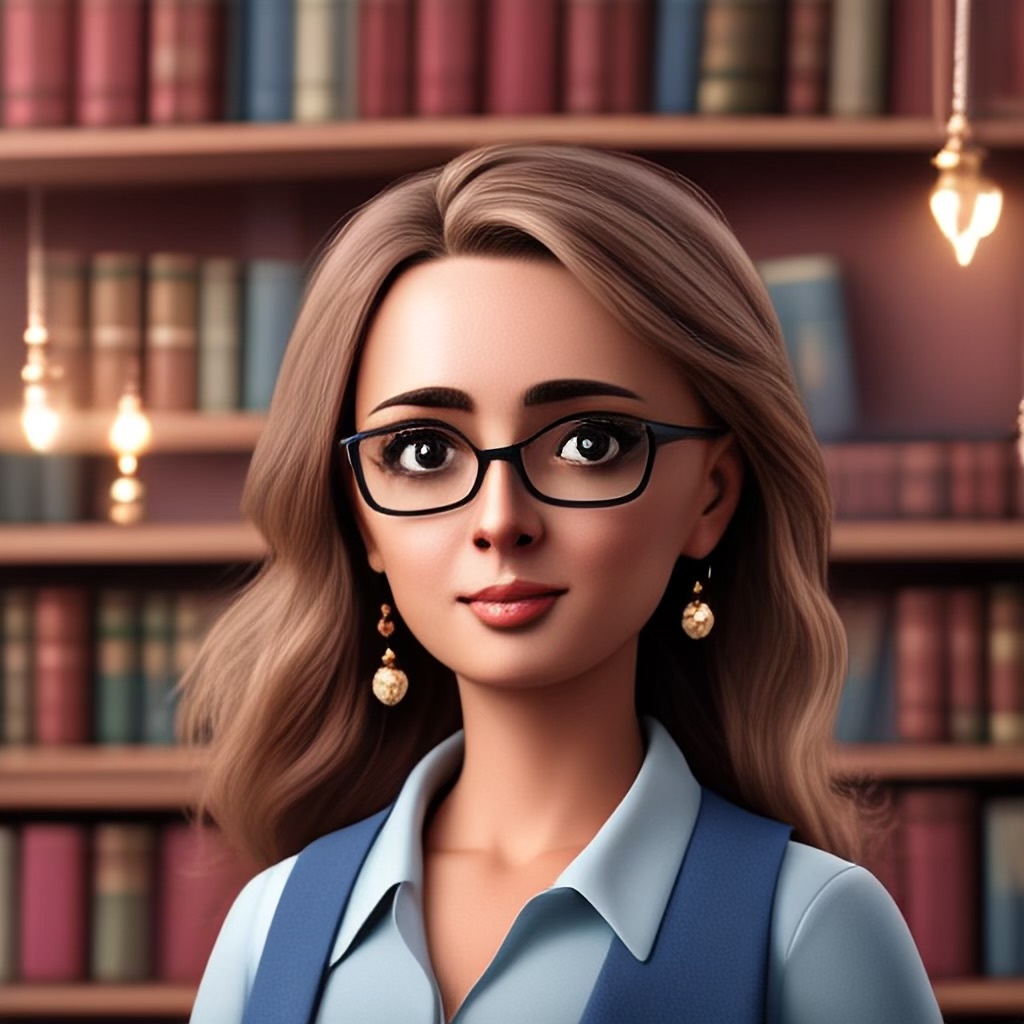
AI generated image of me, using Image Playground on iOS, © Cristina Rusu
Exhibition of art
In the UK, exhibiting artwork is not considered a restricted act and as such will not constitute infringement. However, if the artwork is exhibited in a commercial context, and there are reproductions of said artwork for sale, that will be considered a restricted act, especially if the artwork is still in copyright.
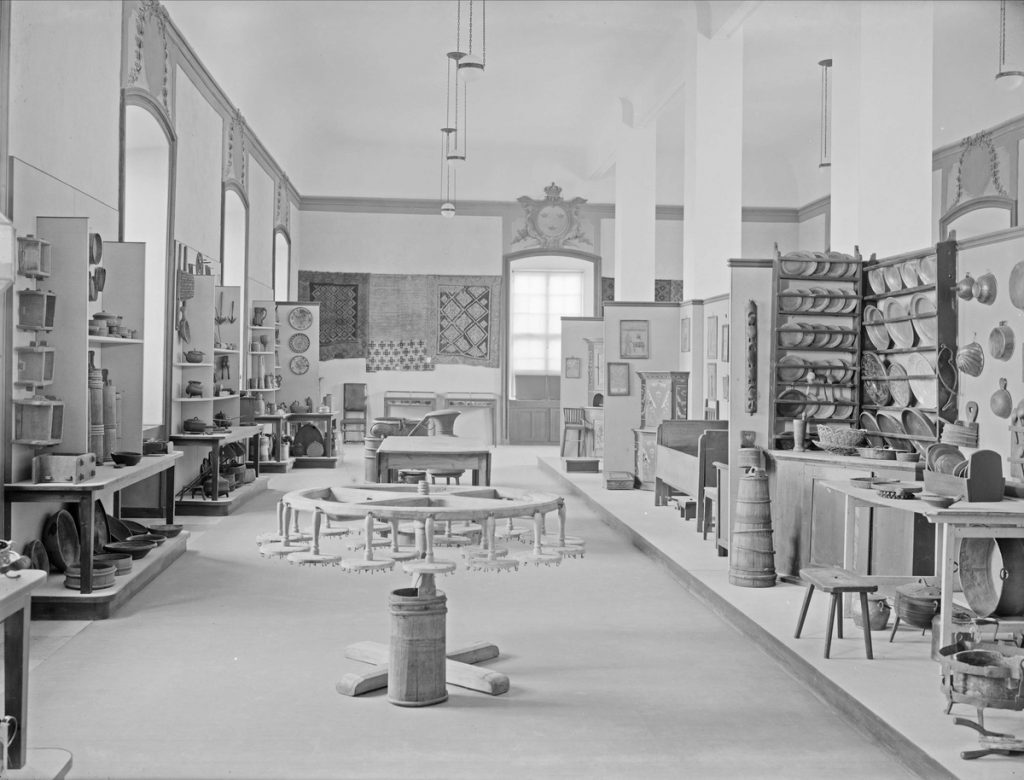
Upplandsmuseets utställning i Gustavianum, Uppsala by Sandberg, Paul – Upplands Museum, Sweden – CC0.
Author and copyright ownership
It does not necessarily mean that the author is also the copyright holder of the work. We can consider the author of artistic work the person who is responsible for the actual design of the work. When it comes to authors of photographs, that can be a bit more complex.
In terms of copyright ownership, generally the author will also be the copyright holder. If a work is created with others and the different parts cannot be separated, it is a joint ownership.
For commissioned work, it depends on the contract. If there are no other stipulations, the author will remain the copyright owner, however, sometimes, companies will request that copyright be assigned to them.
In the UK, if you are an employee creating something as part of your employment, as long as there is no other clause, ownership of copyright will automatically go to the employer. You will not loose your moral right to be named as author, but you will not own the copyright to the material.
Copyright duration
In general, copyright expires 70 years after the author’s death, no matter if the work is published or unpublished. There are some exceptions to this rule for older works. This term applies to the UK only. Copyright is territorial, meaning that different countries have different rules and duration of copyright. A work being out of copyright in one country, does not mean that it is out of work in another one. Also remember that just because copyright has expired, if the work is protected by other IPs, such as trademark, the works will still be protected as long as trademark is renewed.
Exceptions to the law for Higher Education
Whilst at University, you will be covered by certain exceptions to allow you to do certain restricted acts by copyright. If the requirements are not met, you will have to ask for permission.
Have a look at the below table for the relevant exceptions which apply in an educational setting:
| Name of exception | Purpose | Activities covered | CDPA section |
| Research or private study | Allows students and researchers to make copies of copyright works for non-commercial research or private study. | Making personal copies of extracts from books and journals. Copying images to use as stimulus in research study. | Section 29 |
| Quotation | Allows anyone to reproduce copyright works for the purpose of quotation where it is fair. | Includes presenting extracts from books, journals and musical works to students. Potential use of whole works where the use is fair. | Section 30 |
| Accessible copying | Allows individuals or institutions to provide equal access to copyright works for users with any type of disability. | Digitising print material. Format shifting text to audio. Creating subtitles for videos. | Sections 31A-F |
| Illustration for instruction | Allows teachers or students to use copyright work in teaching or study where the use is fair. | Including text, images, music or video in teaching slides and lecture recordings. Adding content to examination papers. | Section 32 |
| Educational performance | Allows any copyright work that can be performed, played or shown in an educational setting to be performed, played or shown. | Screening a film in a lecture, playing musical sound recordings in class, performance of a play in class (i.e. not for an external audience). | Section 34 |
| Recording of broadcasts | Allows educational establishment to record TV and radio broadcasts and make them available to students. | Underpins the University’s use of BoB Online TV streaming service. | Section 35 |
| Making multiple copies | Allows educational institutions to copy up to 5% of a copyright work and supply multiple copies to students. | Copying of book extracts not covered by the CLA licence. Copying up to 5% of a film or sound recording and making it available to students on LEARN. | Section 36 |
You might have seen the term “fair use” used extensively and it has also permeated into the UK lingo, however, in the UK the term used is “fair dealing” and it is much more specific than the American one of “fair use”.
Fair dealing is a UK copyright exception allowing limited use of copyrighted material without permission. However, determining what constitutes fair dealing is complex and decided on a case-by-case basis by the courts.
Key factors considered include:
- Market impact: Whether your use substitutes for the original work, potentially harming the copyright owner’s income.
- Amount used: Whether the portion taken is reasonable and necessary. Generally, only part of a work can be used.
- Nature of the use: The specific context and purpose of the use will influence the assessment.
You can find more information on copyright basics on our webpages and we also do have a self-guided training section to help you navigate the intricacies of copyright in Higher Education.
Other resources
There are many resources available to help you navigate the thorny issue of copyright in the artistic space. While in Higher Education you can rely on some exceptions to use artistic works, however, outside of those exceptions, you will most likely be required to ask for permission.
Here are some resources that can support the navigational tightrope of copyright and artistic works:
Designs and Artists Copyright Society
Exceptions to copyright: Guidance for creators and copyright owners
Reading list curated about all things copyright (log in required, Loughborough staff and students only)
A Question of Ownership – Ideas Roadshow Behind The Lens
Conclusion
The world of art is one of beauty but it can also be a maze of copyright considerations. In general, be mindful of the IP of others, and respectful of other people’s creation. If in doubt, always ask for permission.
If you enjoyed our blog post please subscribe to our digest. Also, why not visit a museum of your choice this weekend?! You can also visit some museums virtually.
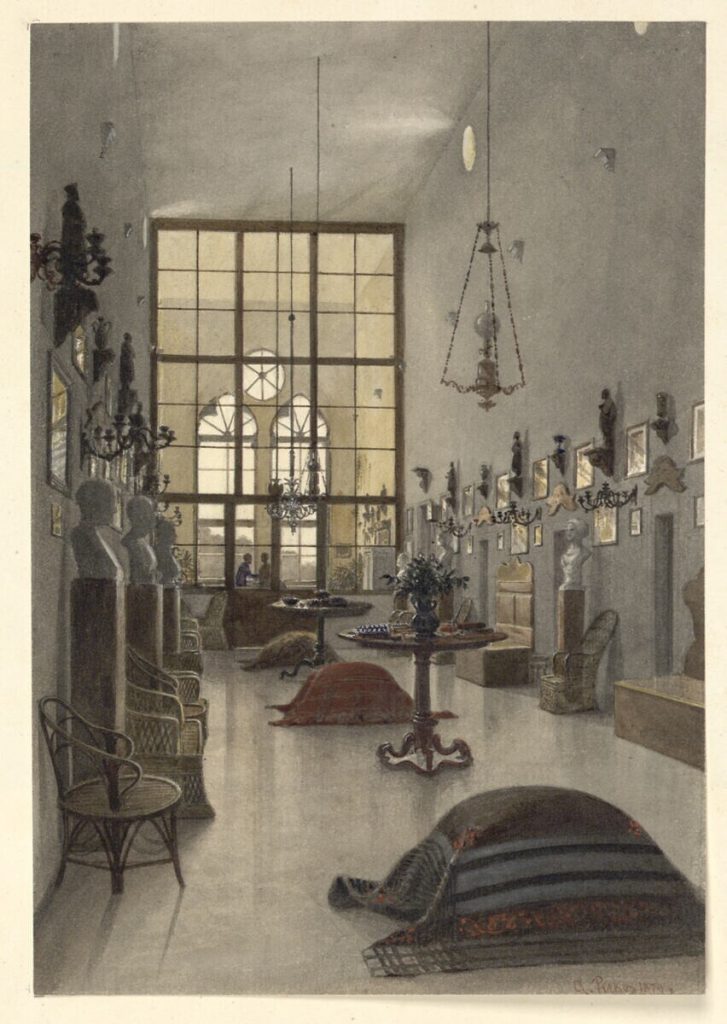
Kunstgalerie by Anton Perko (Künstler_in) – 1879 – Albertina, Austria – Public Domain.
The information contained in this blog post should be taken as recommended advice or guidance but should not be taken as legal advice. If in any doubt, please seek proper legal advice.
Open Research
Copyright, Open Access and all things Open Research
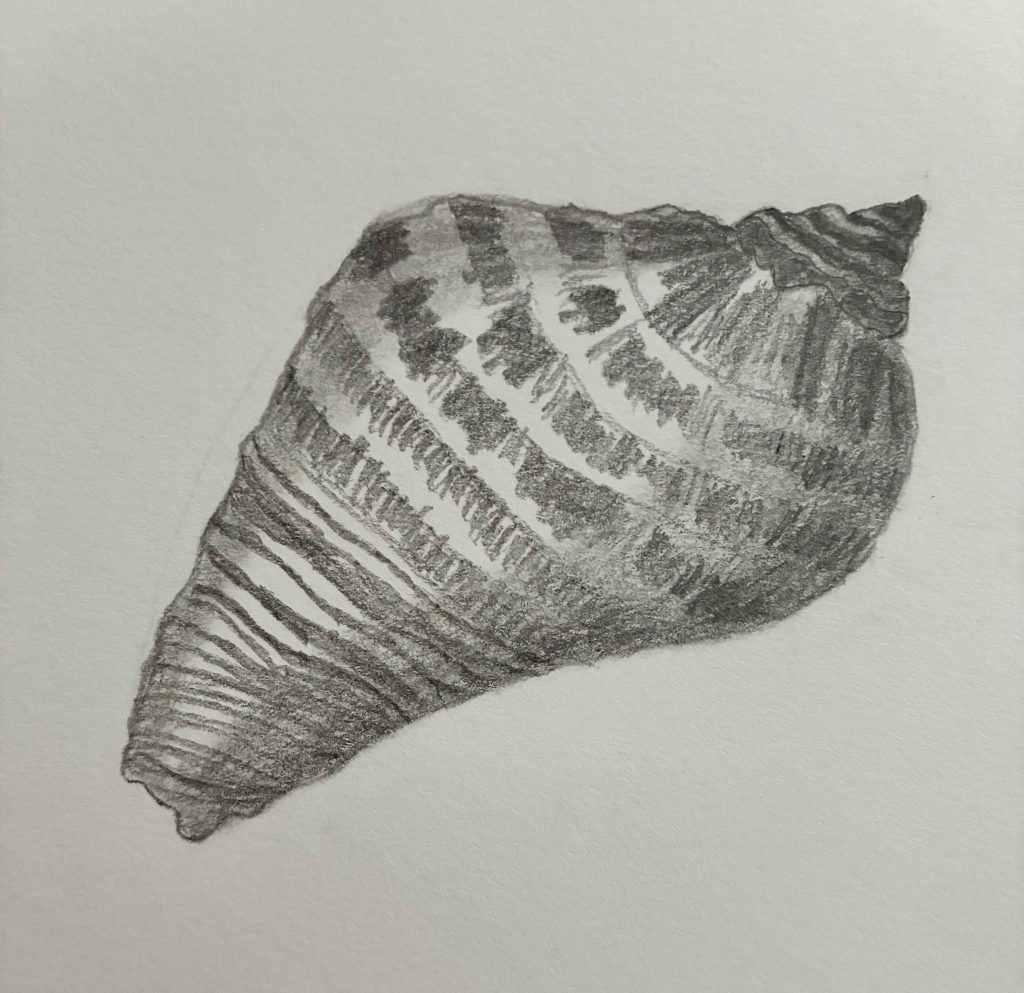
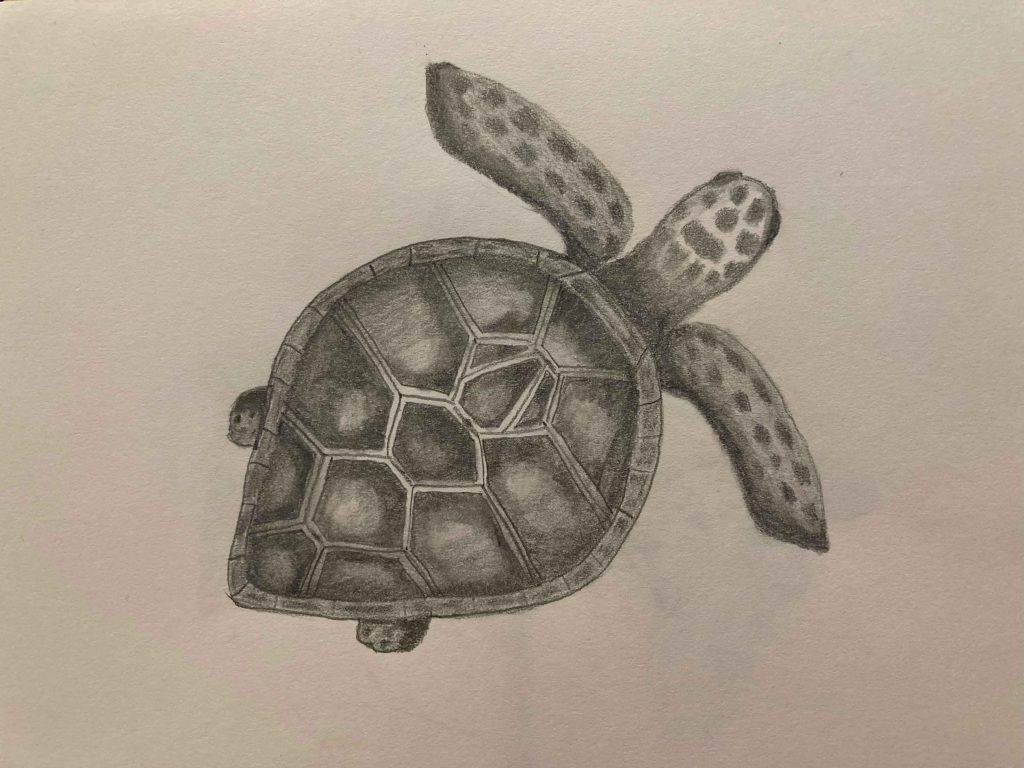
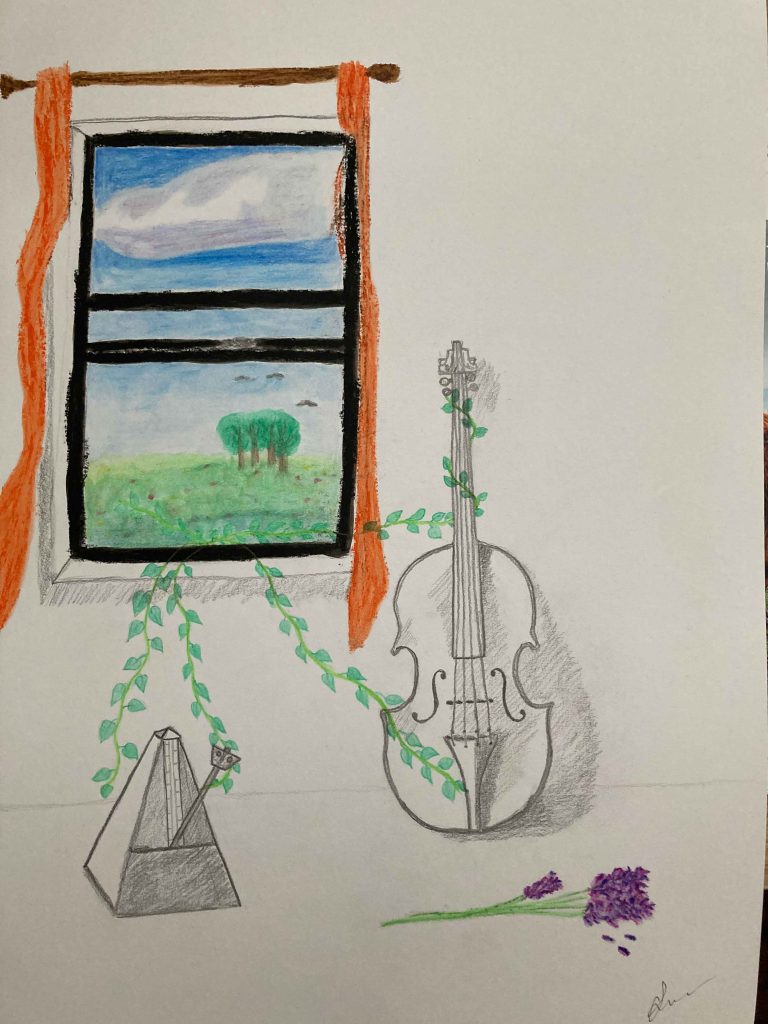
Join the discussion
1 Comment
AI Music Generator
I appreciate your honest reflection on the subjectivity of art. The line between what’s considered ‘good’ or ‘bad’ is so often blurred, but at least under copyright law, everyone’s creation is protected.